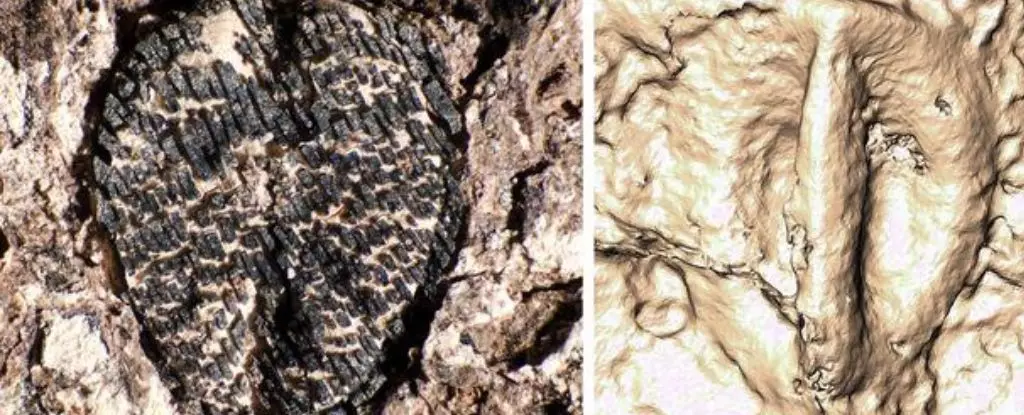In a groundbreaking discovery, scientists in South America have uncovered the oldest fossilized grape seed ever found in the western neotropics. This finding sheds light on the early evolution and spread of grape vines in the region, suggesting a connection to the extinction of dinosaurs millions of years ago. The discovery of a 60 million-year-old fossil seed in Colombia has ignited excitement among researchers, providing valuable insights into the history of grape vines on the continent.
The Discovery of the Fossil Seed
Paleobotanist Fabiany Herrera from the Field Museum in Chicago, along with his colleague Mónica Carvalho, stumbled upon the prehistoric grape seed in the Andes. The significance of this discovery lies in the rarity of soft-tissued fruit preservation in the fossil record. The age of the seed challenges existing notions about the deep history of grape vines in the Americas, prompting a reevaluation of their evolutionary timeline.
The presence of over 100 species of grape vines from Mexico to Patagonia contrasts with the patchy and historically biased fossil record of this plant family. While previous discoveries in India have hinted at an earlier spread of grape vines in Eurasia, the finding of a 60-million-year-old seed in South America points to a different narrative. Herrera’s team has also described eight other grape seed fossils in Central and South America, revealing surprising connections to genuses in Asia.
The emergence and spread of grape seeds following the extinction of dinosaurs indicate a significant shift in the ecosystem. With large animals like dinosaurs no longer present to prune forests, grape vine plants had the opportunity to thrive. The absence of dinosaurs roaming the forests may have allowed grape vines to spread more rapidly, ultimately leading to their widespread presence in the region.
The discovery of the oldest grape seed in South America not only provides a glimpse into the past but also offers valuable insights into the future of grape vine research. Understanding the evolutionary history of grape vines in the region can help researchers piece together the puzzle of plant dispersal and migration. By connecting past events to present-day ecosystems, scientists can unravel the mysteries surrounding the diversification of plant species in the neotropics.
The discovery of the oldest grape seed in South America is a significant milestone in the field of paleobotany. By unearthing the fossilized remains of a prehistoric grape seed, researchers have opened new avenues for exploration and investigation. The implications of this discovery extend beyond the realm of grape vines, shedding light on the broader impacts of extinction events on plant evolution. As scientists continue to unravel the secrets of the past, the story of grape vines in the neotropics will continue to unfold, offering valuable lessons for the future. Cheers to the fascinating journey of discovery and exploration in the world of paleobotany!


Leave a Reply